Picture this: you’re watering your favorite potted fern when suddenly, a dark, segmented creature emerges from the soil, moving with the fluid grace of a tiny train. Your heart might skip a beat, but before you reach for the nearest shoe, take a moment to appreciate what you’re actually seeing. This isn’t some harbinger of household doom – it’s likely a millipede, one of nature’s most misunderstood decomposers that has quietly made your plant pot its temporary home.
These fascinating arthropods have been sharing our living spaces for longer than most people realize, yet they remain shrouded in mystery and misconceptions. While many homeowners panic at the sight of these multi-legged visitors, the truth about millipedes is far more interesting than frightening. They’re not the aggressive invaders we imagine them to be, but rather gentle gardeners working behind the scenes to keep our plant ecosystems healthy.
The Shocking Truth About Millipede Legs
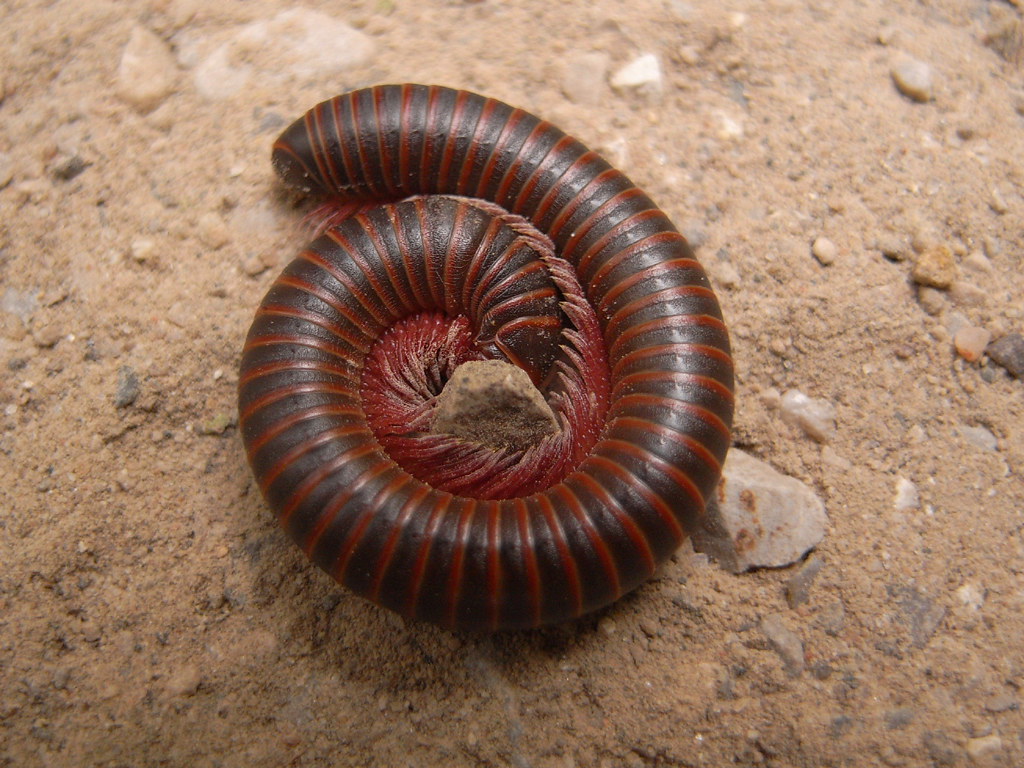
Despite their name suggesting a thousand legs, millipedes actually possess far fewer appendages than their moniker implies. The average millipede sports between 80 to 400 legs, depending on the species and individual size. This leg count isn’t arbitrary – it’s the result of millions of years of evolutionary refinement.
Each body segment carries two pairs of legs, creating that mesmerizing wave-like motion that makes millipedes such captivating creatures to watch. The synchronized movement of these legs creates a rippling effect that flows from front to back, allowing them to push through soil and organic matter with remarkable efficiency. Think of it like a biological bulldozer, but one that moves with the grace of a silk ribbon in the wind.
Why Your Houseplants Are Millipede Magnets
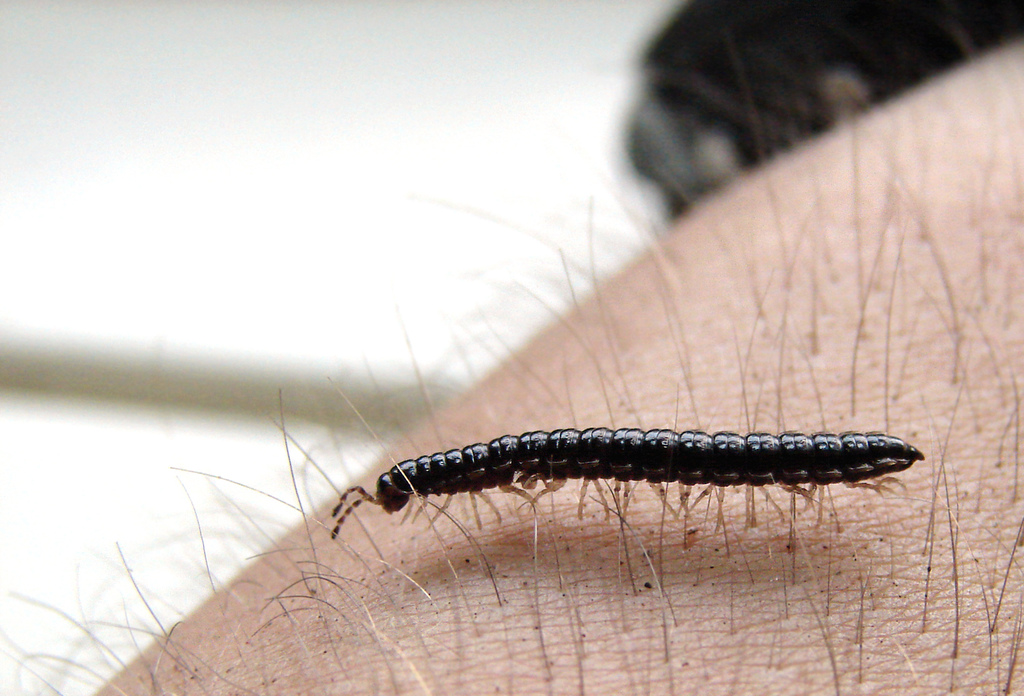
Your innocent-looking houseplants might be unknowingly advertising themselves as five-star millipede hotels. These creatures are naturally drawn to environments that offer three essential elements: moisture, darkness, and decaying organic matter. Your potted plants provide all three in abundance.
The rich, damp soil in plant containers creates the perfect microclimate for millipedes to thrive. Dead leaves, old root systems, and decomposing organic matter in the potting mix serve as an all-you-can-eat buffet for these detritivores. When outdoor conditions become too dry or temperatures fluctuate dramatically, millipedes instinctively seek out these stable, resource-rich environments.
Many people don’t realize that millipedes can actually enter homes through the drainage holes in plant pots or hitch a ride on newly purchased plants from garden centers. Once they discover your indoor jungle, they may decide to stay longer than originally planned.
The Secret Life of Indoor Millipedes
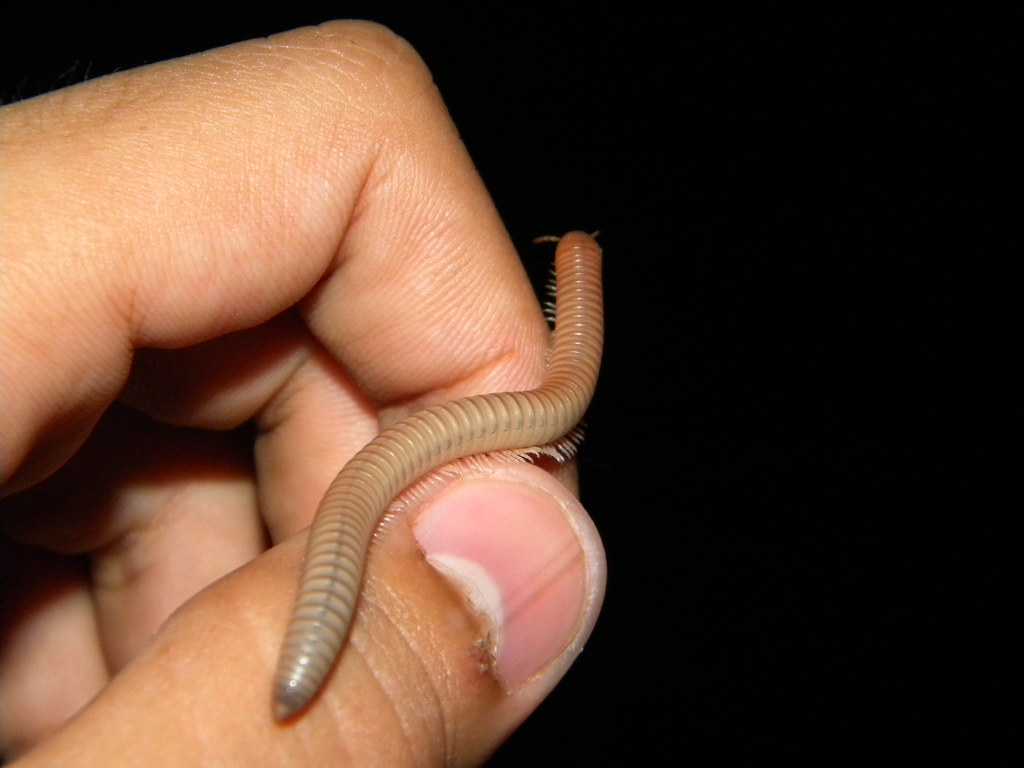
Life indoors presents unique challenges and opportunities for millipedes compared to their outdoor cousins. These adaptable creatures quickly adjust their behavior to match their new environment, often becoming more active during nighttime hours when household activity decreases.
Indoor millipedes typically establish territories around individual plants or clusters of containers, rarely venturing far from their chosen habitat. They create intricate tunnel systems within the soil, aerating it naturally while searching for food sources. This behavior actually benefits your plants by improving drainage and root health.
Their indoor lifestyle also affects their reproductive patterns. With consistent temperatures and moisture levels, indoor millipedes may breed more frequently than their outdoor counterparts, though population growth remains naturally controlled by available food sources and space limitations.
Identifying Your Unexpected Houseguest
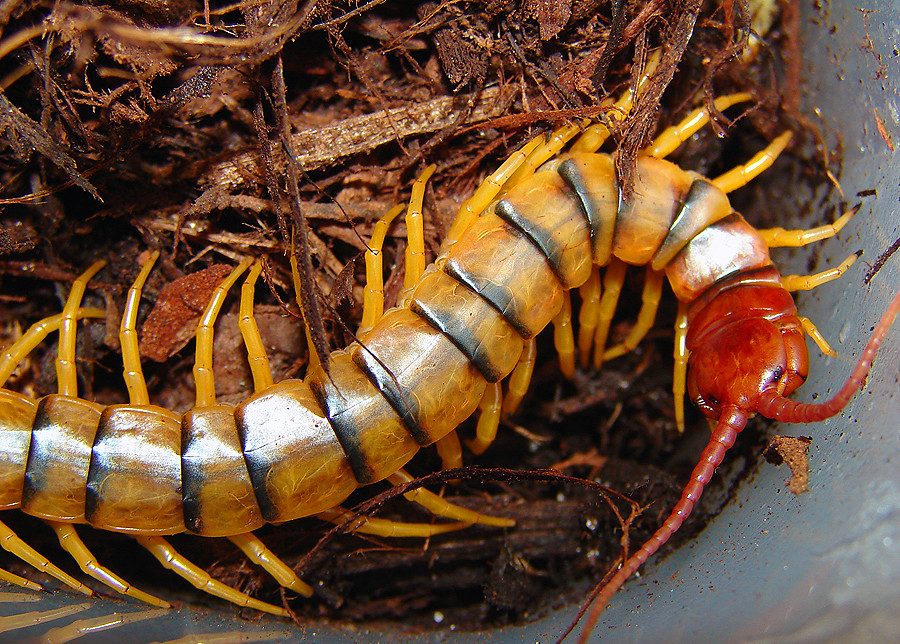
Not all multi-legged creatures crawling around your plants are millipedes, and proper identification is crucial for understanding what you’re dealing with. True millipedes have cylindrical bodies that curl into tight spirals when threatened, a defense mechanism that protects their soft undersides.
Their coloration typically ranges from dark brown to black, though some species display reddish or yellowish hues. The body segments are clearly defined, and their movement is deliberate and wave-like rather than the quick, darting motions of centipedes. Millipedes also tend to be slower-moving creatures, taking their time to navigate through soil and debris.
Size varies significantly among species, with indoor millipedes typically measuring between half an inch to three inches in length. Their antennae are short and club-shaped, quite different from the longer, more flexible antennae of other arthropods you might encounter in your plant pots.
The Millipede’s Surprising Diet Revealed
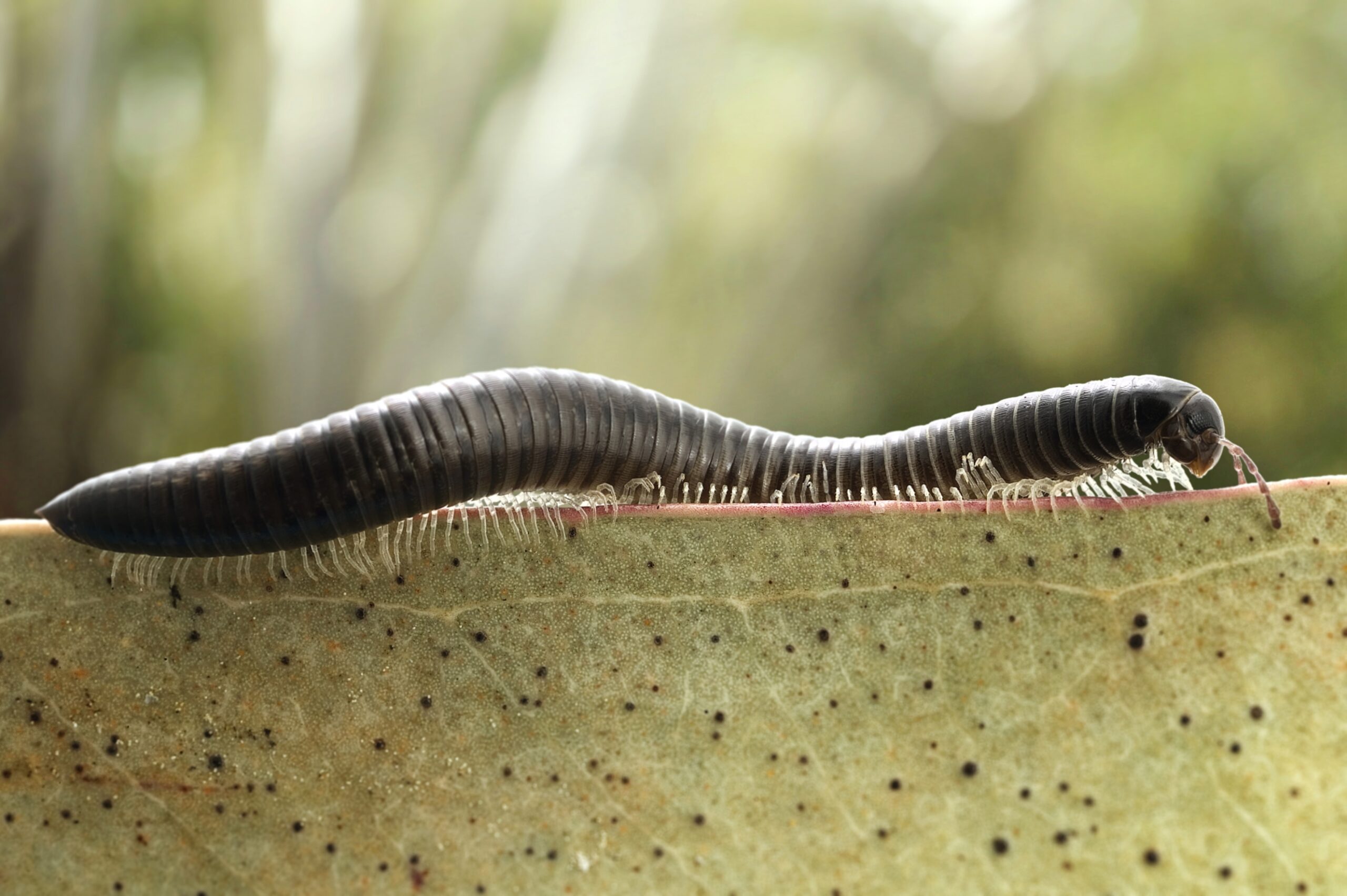
Contrary to popular belief, millipedes are not plant killers lurking in your soil to destroy your green friends. These creatures are primarily detritivores, meaning they feed on dead and decaying organic matter rather than living plant tissue. This makes them valuable allies in maintaining healthy soil ecosystems.
Their diet consists mainly of decomposing leaves, dead roots, fungal matter, and other organic debris that accumulates in potting soil over time. They possess powerful mandibles designed for breaking down tough organic materials, essentially pre-processing this matter for further decomposition by bacteria and other microorganisms.
Occasionally, millipedes may nibble on very soft, damaged, or dying plant roots, but this behavior is opportunistic rather than predatory. They’re more likely to clean up plant debris than cause active harm to healthy vegetation. Think of them as nature’s cleanup crew rather than destructive pests.
When Millipedes Become Problematic
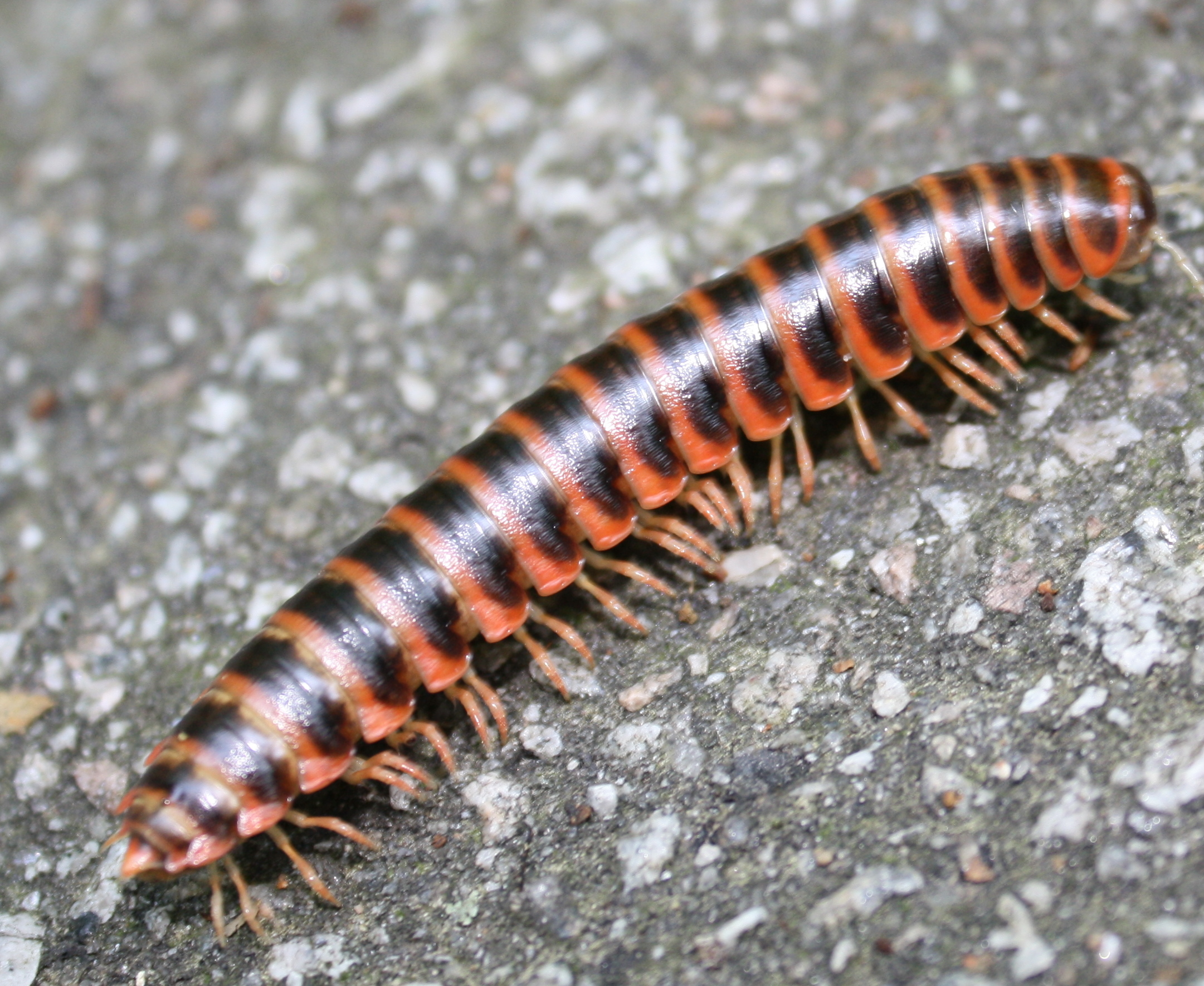
While millipedes are generally beneficial, certain conditions can lead to population explosions that might become concerning for plant enthusiasts. Overwatering is the primary culprit behind millipede population booms, as it creates the excessively moist conditions these creatures absolutely love.
Large populations can potentially damage plant roots through their tunneling activities, though this is more common in outdoor gardens than indoor plant collections. Signs of problematic millipede activity include plants showing unexplained stress, unusual soil texture changes, or visible damage to root systems during repotting.
Another concern arises when millipedes begin wandering beyond their plant containers, exploring other areas of your home. This behavior usually indicates either overcrowding in their current habitat or changes in moisture levels that prompt them to seek new territories.
The Fascinating World of Millipede Communication
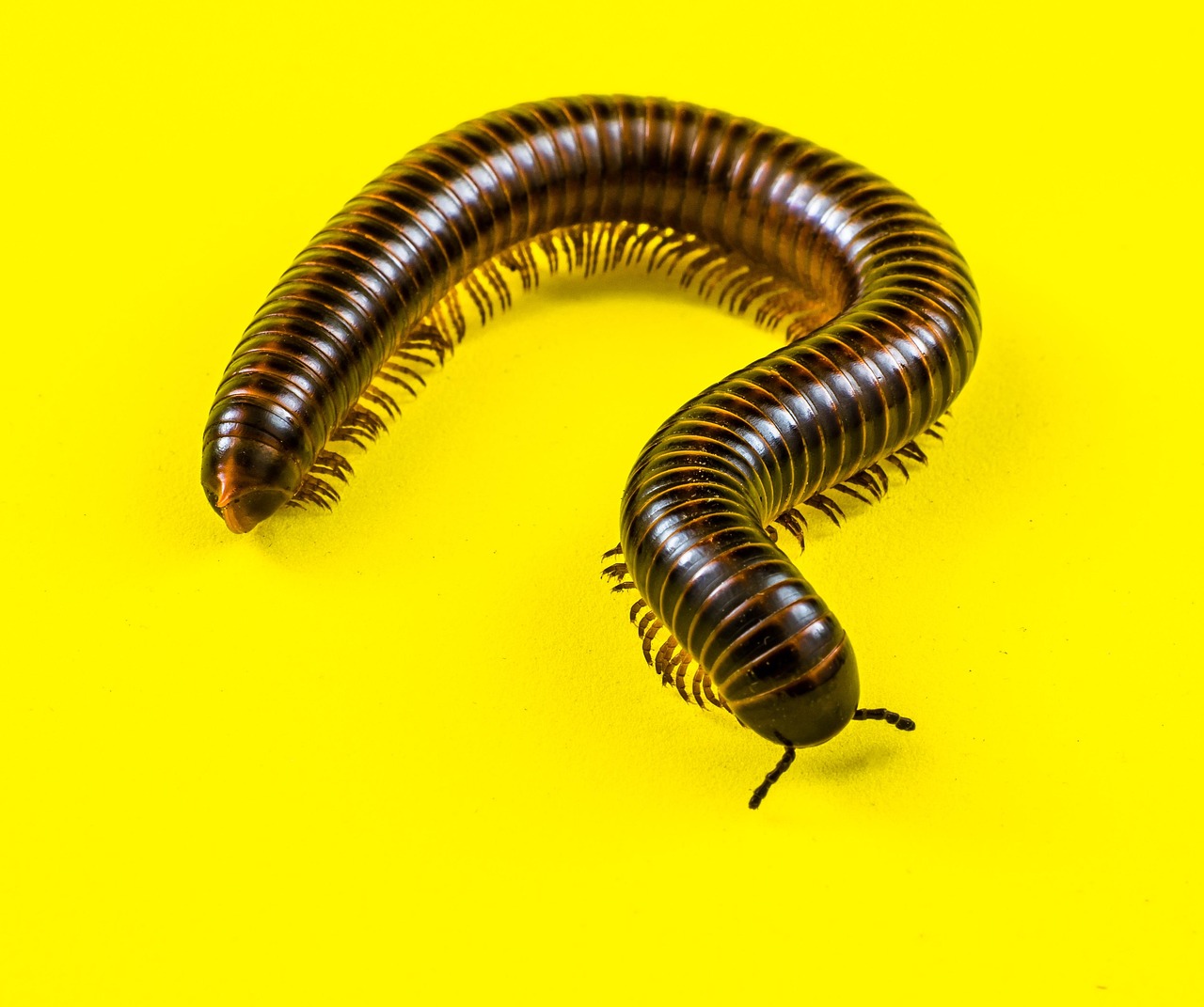
Millipedes possess a surprisingly sophisticated communication system that relies heavily on chemical signals and vibrations. They release pheromones through specialized glands located along their bodies, creating invisible trails that other millipedes can follow to locate food sources or potential mates.
These chemical messages are so specific that different species rarely respond to each other’s signals, helping maintain distinct populations even in shared environments. When threatened, millipedes can also release defensive chemicals that serve as warning signals to nearby individuals.
Vibrations play an equally important role in millipede communication. Their sensitive legs can detect minute tremors in the soil, alerting them to the presence of other creatures or changes in their environment. This ability helps them navigate the complex underground world of your plant containers with remarkable precision.
Millipede Defense Mechanisms That Will Amaze You
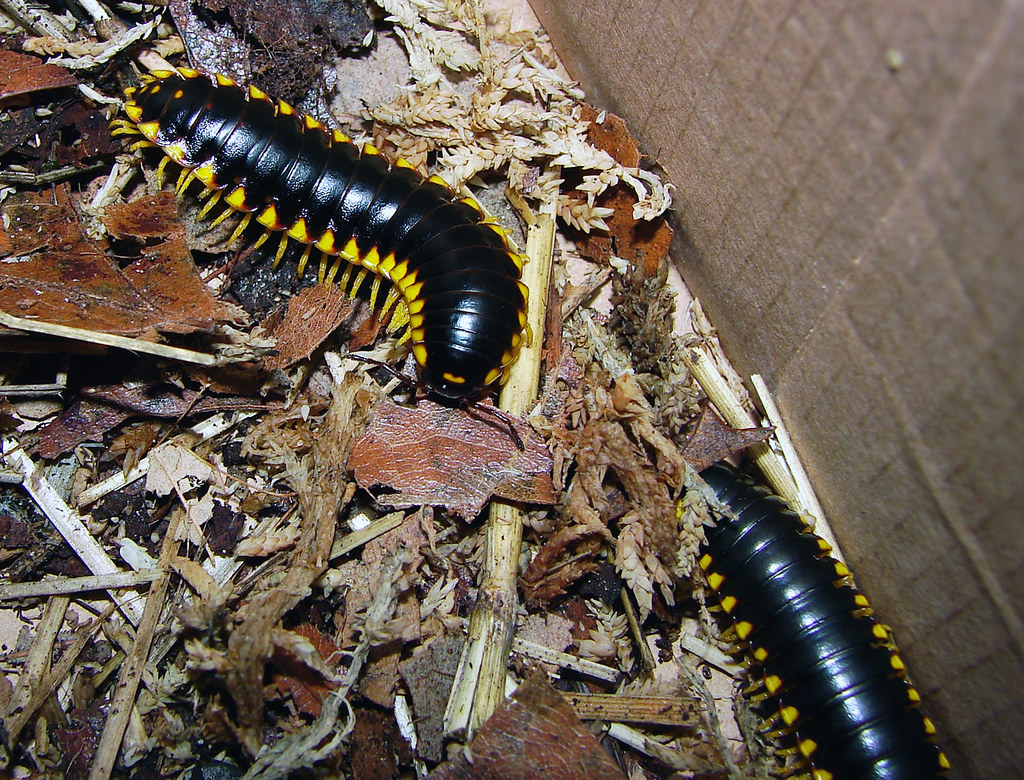
When faced with danger, millipedes deploy an arsenal of defensive strategies that have evolved over millions of years. Their signature move involves coiling their bodies into tight spirals, protecting their vulnerable undersides while presenting a harder, more difficult target to potential predators.
Many millipede species can secrete defensive chemicals from specialized glands along their bodies. These compounds range from mild irritants to more potent deterrents, depending on the species. Some millipedes produce hydrogen cyanide, while others release quinones or other organic compounds that taste terrible to predators.
The most visually striking defense mechanism involves their ability to “play dead” by remaining perfectly still for extended periods. This behavior, combined with their dark coloration, helps them blend seamlessly with soil and organic matter, making them nearly invisible to casual observers.
The Millipede Life Cycle in Your Living Room
Understanding millipede reproduction and development helps explain why these creatures might suddenly appear in your plant collection. Millipedes undergo a process called anamorphic development, meaning they’re born with fewer body segments and legs than adults, gradually adding more through successive molts.
Female millipedes typically lay their eggs in moist soil or organic matter, creating small chambers that protect the developing embryos. The eggs can take anywhere from a few weeks to several months to hatch, depending on temperature and humidity conditions. Your consistently heated home provides ideal conditions for faster development.
Young millipedes, called nymphs, are miniature versions of adults but require multiple molting cycles to reach full size. Each molt adds additional body segments and legs, gradually transforming them into the multi-legged marvels we recognize as adults. This process can take anywhere from several months to over a year, depending on the species and environmental conditions.
Seasonal Patterns and Indoor Invasions
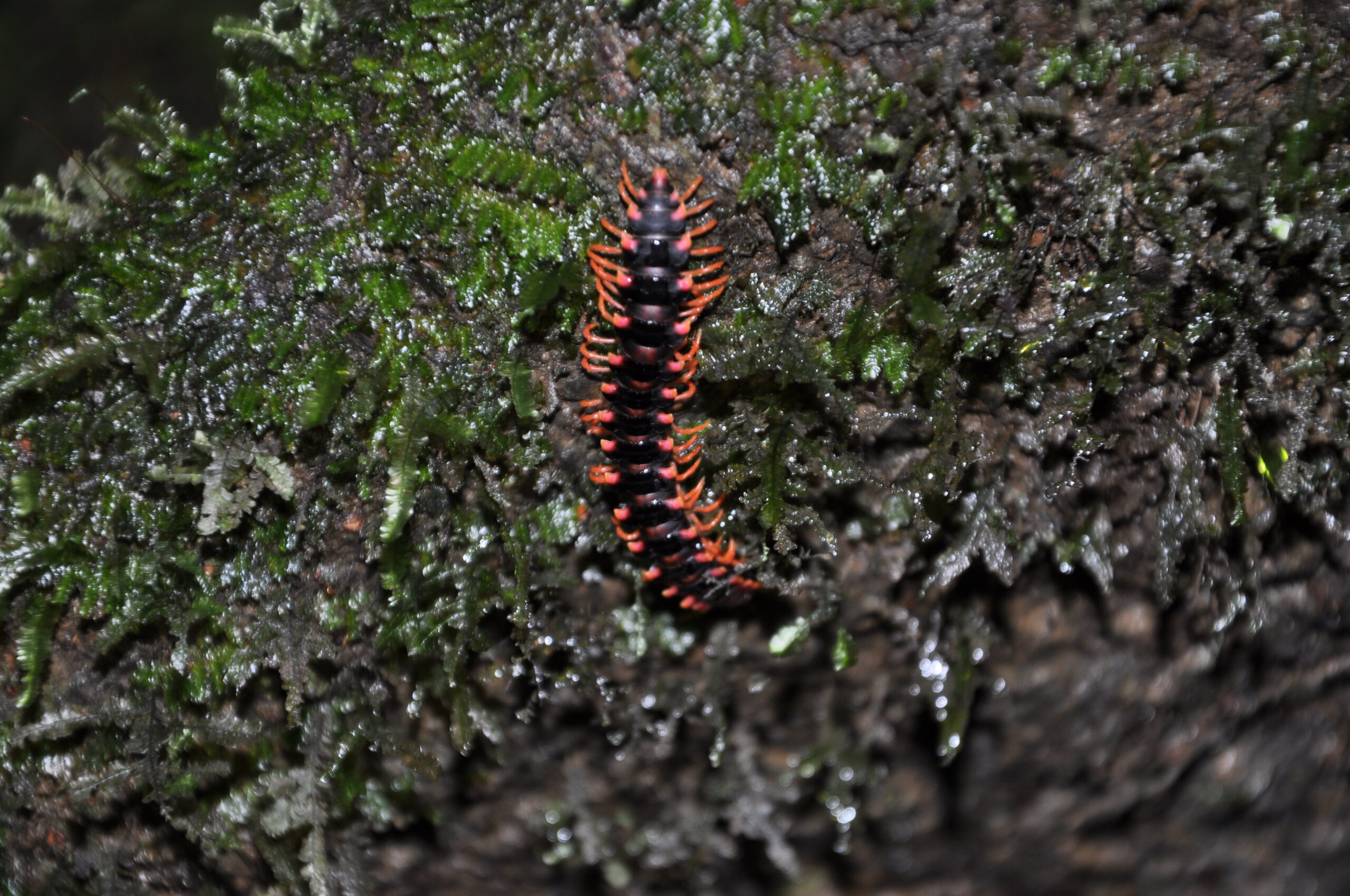
Millipede activity in houseplants often follows predictable seasonal patterns that mirror outdoor environmental changes. Fall and early winter typically see increased millipede activity as outdoor temperatures drop and moisture levels fluctuate, driving these creatures to seek stable indoor environments.
Spring can bring another wave of millipede activity as warming temperatures trigger increased metabolic activity and breeding behaviors. During this time, you might notice more millipedes emerging from soil or becoming active during daylight hours. Summer conditions often push millipedes deeper into soil or more sheltered locations within your plant containers.
Understanding these patterns helps plant enthusiasts anticipate and prepare for periods of increased millipede activity. Rather than viewing these cycles as problematic, knowledgeable gardeners can use this information to adjust their plant care routines and create environments that balance millipede needs with plant health.
The Ecological Benefits of Indoor Millipedes
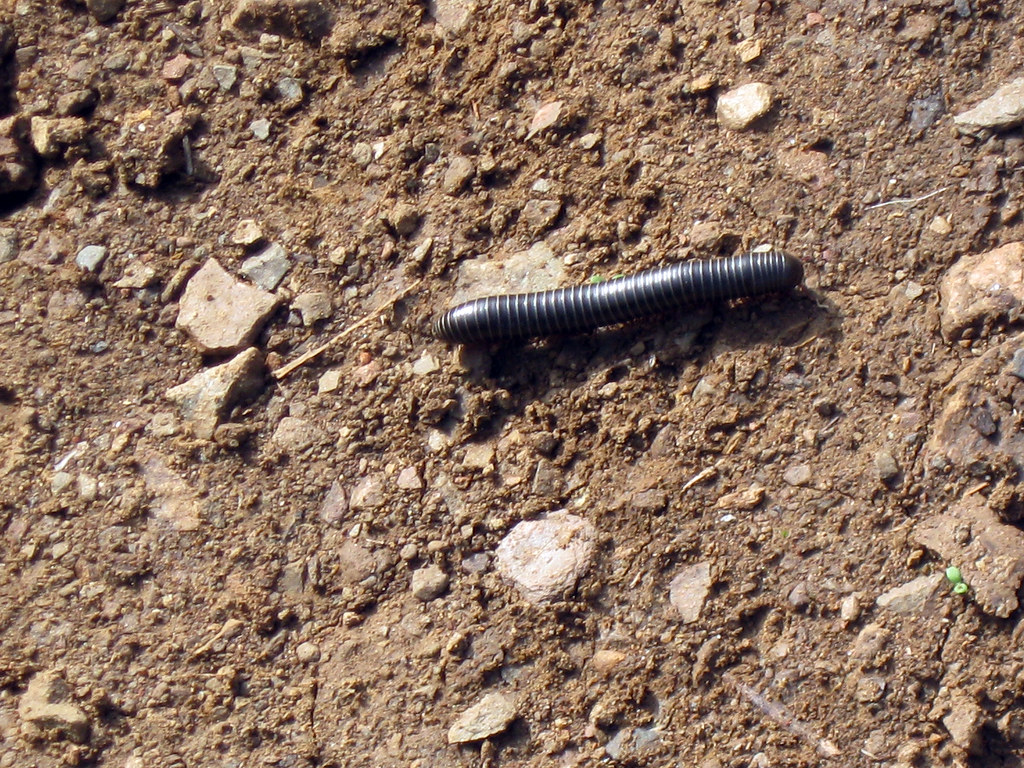
Before reaching for pesticides or removal methods, consider the valuable ecological services millipedes provide to your indoor plant ecosystem. These creatures function as living composters, breaking down organic matter and releasing nutrients back into the soil in forms that plants can readily absorb.
Their tunneling activities naturally aerate soil, improving drainage and root development. This biological tillage prevents soil compaction and creates pathways for air and water to reach plant roots more effectively. Many professional horticulturists actually view millipedes as beneficial indicators of healthy soil ecosystems.
Millipedes also help control populations of other decomposer organisms, maintaining balance within the soil food web. Their presence often indicates rich, healthy soil with adequate organic matter content – exactly the conditions most houseplants need to thrive.
Safe and Effective Management Strategies
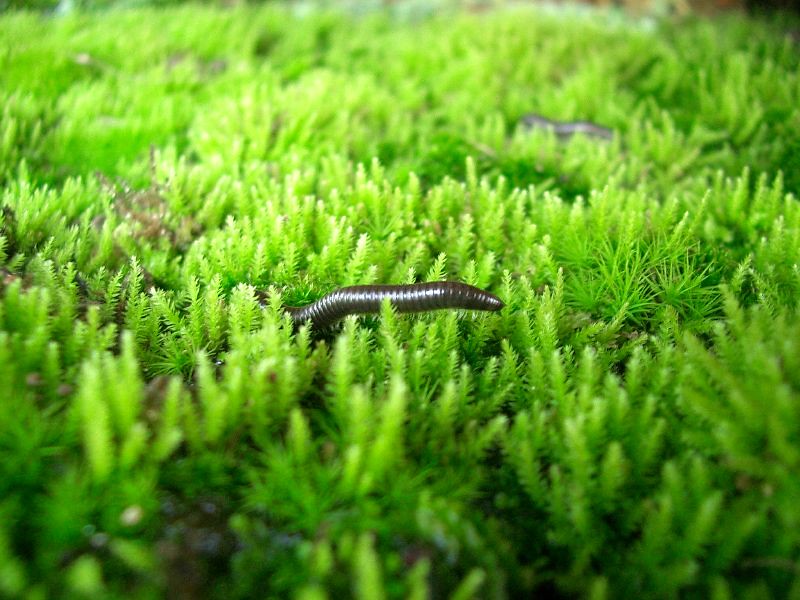
Managing millipede populations in houseplants requires a balanced approach that recognizes their beneficial roles while addressing legitimate concerns about overpopulation. The most effective long-term strategy involves modifying environmental conditions rather than relying on elimination methods.
Adjusting watering schedules to prevent soil from becoming waterlogged significantly reduces millipede attraction to your plants. Allow soil to dry slightly between waterings, and ensure proper drainage to prevent standing water in pot saucers. This simple change often resolves most millipede-related issues without harming beneficial populations.
Physical removal methods work well for managing visible populations. Gently relocating millipedes to outdoor garden areas or compost bins allows them to continue their beneficial activities while reducing indoor numbers. This approach respects their ecological value while addressing homeowner concerns.
Creating Millipede-Friendly Boundaries
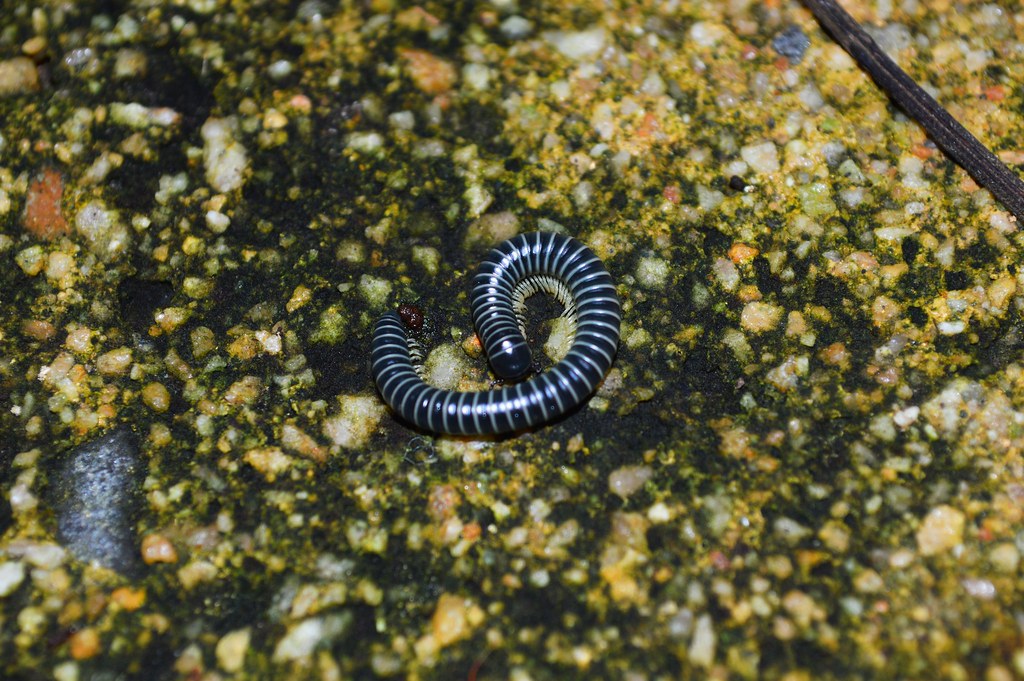
Establishing clear boundaries between millipede habitat and human living spaces often provides the best long-term solution for coexistence. This approach involves creating designated areas where millipedes can thrive while preventing them from wandering into unwanted locations.
Strategic plant placement can help contain millipede populations within acceptable areas. Grouping plants together creates concentrated habitats that satisfy millipede needs while making monitoring and management easier. Using drip trays and plant stands can also help prevent millipedes from accessing floors and furniture.
Regular plant maintenance, including removing dead leaves and debris, helps control millipede food sources and prevents population explosions. This practice benefits both plants and millipedes by maintaining optimal soil conditions while keeping populations at manageable levels.
The Future of Human-Millipede Coexistence
As urban living spaces become increasingly green and plant-focused, understanding millipede behavior and ecology becomes more important for successful indoor gardening. These creatures represent a fascinating example of how wild ecosystems adapt to human-modified environments.
Research into millipede biology continues to reveal new insights about their roles in soil health and plant nutrition. Future developments in sustainable gardening practices may increasingly recognize millipedes as valuable partners in creating thriving indoor ecosystems rather than pests to be eliminated.
The growing interest in sustainable, chemical-free gardening methods has renewed appreciation for natural decomposers like millipedes. As more people embrace organic gardening principles, these creatures may transition from unwanted intruders to welcomed garden helpers in the collective gardening consciousness.
The next time you spot a millipede marching through your houseplant soil, take a moment to appreciate the complex ecosystem thriving right in your living room. These remarkable creatures have been perfecting their role as nature’s recyclers for over 400 million years, and their presence in your plants tells a story of adaptation, survival, and the endless creativity of life itself. What other hidden worlds might be flourishing in the green spaces we call home?
